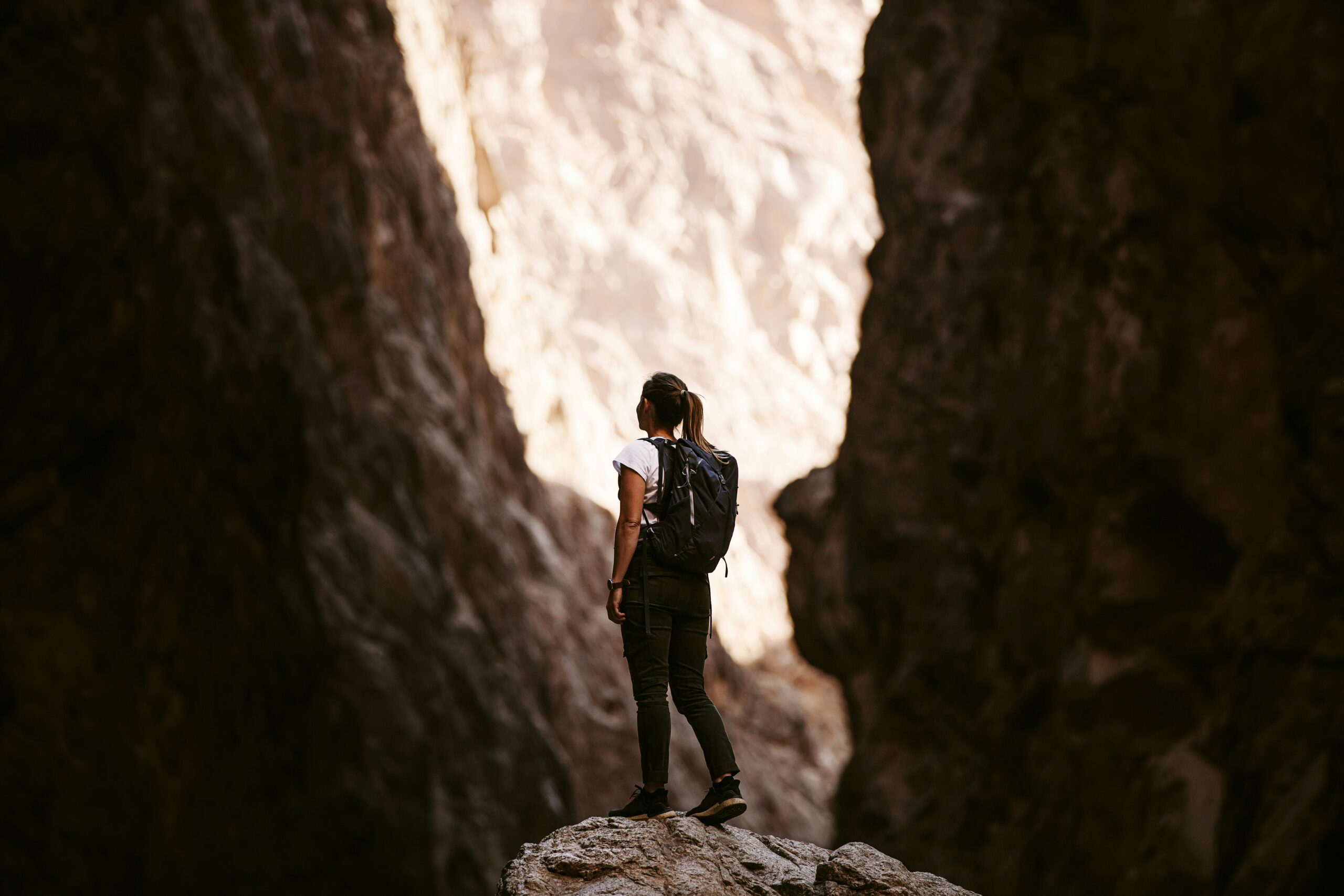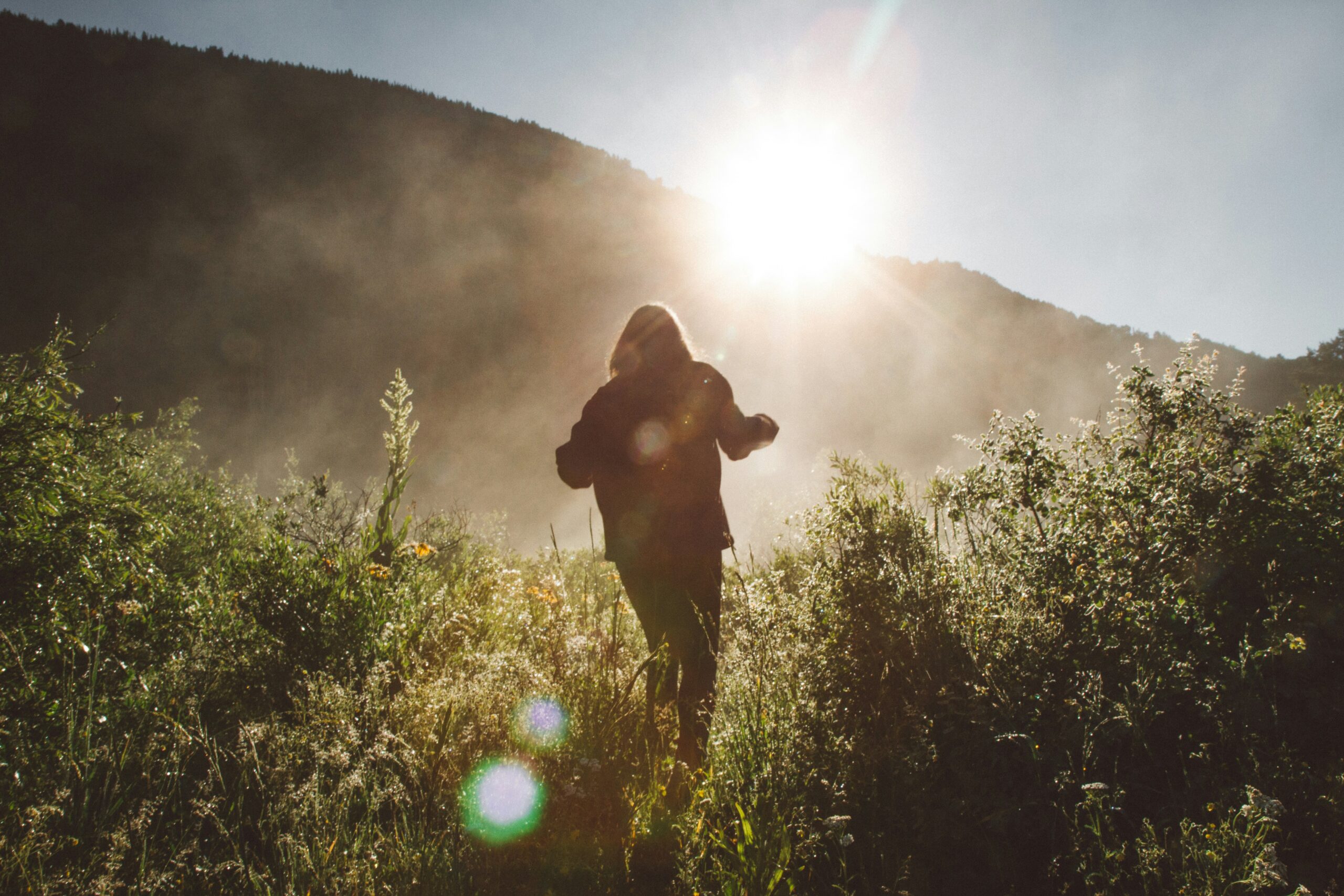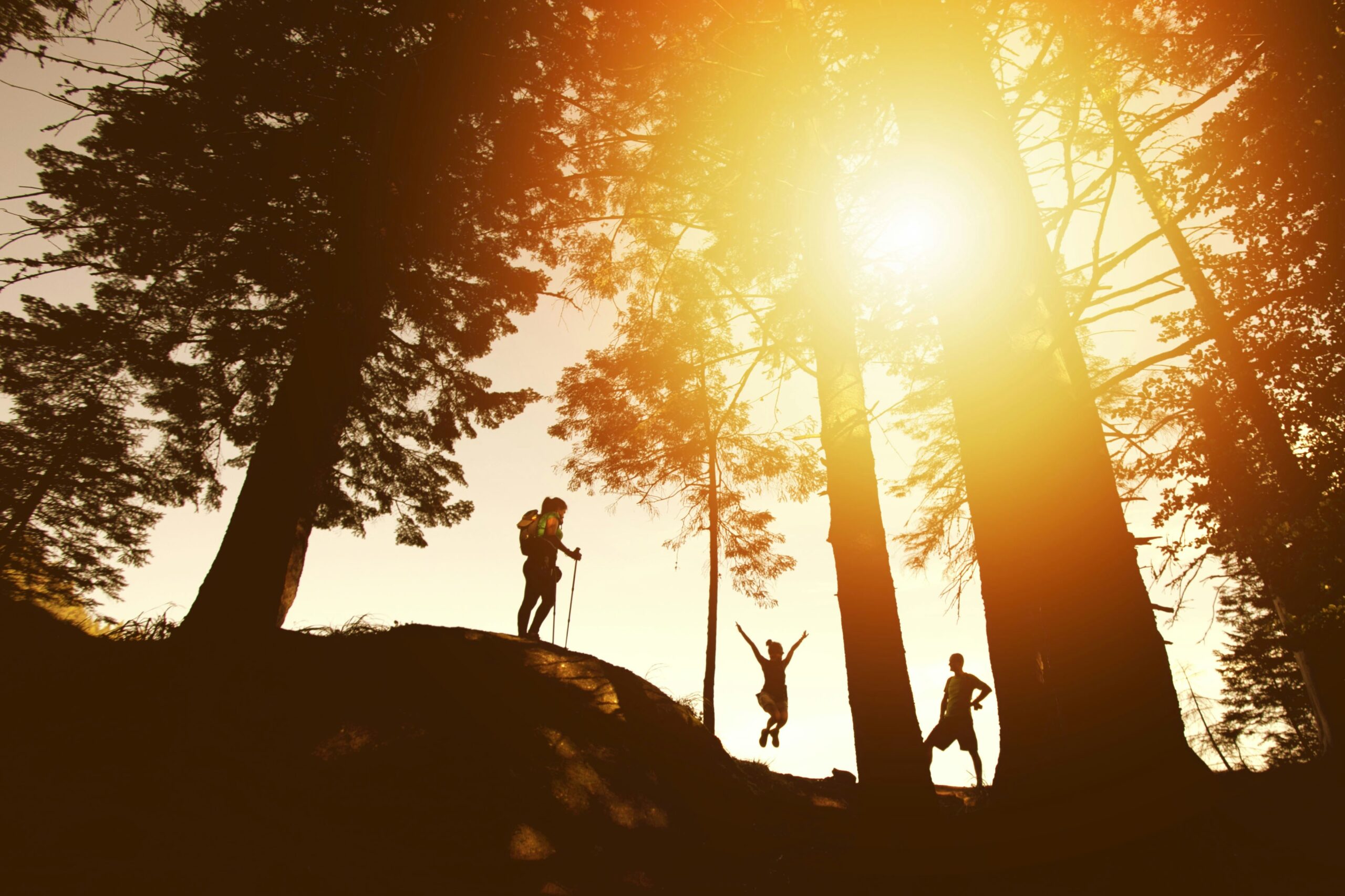If you're itching for an exhilarating winter adventure, look no further than Mount Shasta. But before you lace up your hiking boots and head out, you might be wondering, “Can I go hiking on Mount Shasta in the winter?” Well, you're in luck! Despite its snowy terrain, Mount Shasta offers a plethora of exciting hiking opportunities throughout the winter months. Whether you're a seasoned outdoor enthusiast or a beginner looking for a thrilling challenge, this article will provide you with all the tips and information you need to enjoy a memorable hiking experience on this majestic mountain.

Hiking on Mount Shasta: General Overview
Mount Shasta is a majestic peak located in Northern California that attracts hikers from all over the world. Standing at an impressive height of 14,179 feet, it offers breathtaking views and unforgettable experiences. People choose to hike Mount Shasta for various reasons, including the thrill of conquering a challenging climb, the opportunity to connect with nature, and the chance to witness the stunning beauty of the surrounding landscape. If you're up for an adventure and seeking an adrenaline rush, Mount Shasta is the perfect destination for you.
What is Mount Shasta
Mount Shasta is a dormant volcano situated in the southern part of the Cascade Range in Siskiyou County, California. It is one of the tallest mountains in the United States and offers a wide range of outdoor recreational activities. The mountain is known for its stunning glacier-capped summit, lush alpine meadows, and picturesque forests. Hiking on Mount Shasta provides a unique experience to explore its diverse ecosystems and enjoy the serene beauty of the surrounding wilderness.
Why People Hike Mount Shasta
Hiking on Mount Shasta is a popular activity for outdoor enthusiasts due to the mountain's stunning natural beauty and challenging terrain. The allure of conquering such a prominent peak attracts adventure-seekers and experienced hikers alike. Additionally, the sense of accomplishment that comes with reaching the summit is a powerful motivator for many. The serene solitude and spiritual connection that can be found on the mountain also draw people seeking a deeper connection with nature. Whether you're a seasoned hiker or a beginner, Mount Shasta offers a memorable hiking experience that is sure to leave a lasting impression.
Ideal Seasons for Hiking
While Mount Shasta can be hiked year-round, the ideal seasons for hiking largely depend on personal preferences and the experience level of the hiker. Winter, spring, and early summer months are popular among seasoned hikers due to the challenging conditions and the opportunity to experience the mountain covered in snow. However, it's important to note that winter hiking on Mount Shasta requires careful planning, preparation, and the necessary skills to navigate through potentially hazardous conditions. For those who prefer milder weather and a more straightforward hike, late summer and early fall are ideal. The weather is generally more stable during this time, and the trails are more accessible.

Winter Climate on Mount Shasta
Winter on Mount Shasta brings challenging weather conditions that require careful consideration and preparation. The region experiences heavy snowfall, especially on the upper slopes and summit. The winter weather can be extremely cold, with temperatures often dropping below freezing. It's important to note that the climate on Mount Shasta can change rapidly, and hikers should be prepared for sudden shifts in weather patterns. Proper equipment, clothing, and knowledge of winter hiking techniques are crucial to ensure a safe and enjoyable experience.
Winter Weather Conditions
Winter weather conditions on Mount Shasta can be harsh and unforgiving. Intense snowstorms, strong winds, and limited visibility are common during this season. Hikers must be prepared for sudden changes in weather, including whiteout conditions and blizzards that can make navigation difficult. It is essential to monitor weather forecasts and be ready to adjust hiking plans accordingly to ensure safety.

Average Winter Temperatures
During winter, temperatures on Mount Shasta can drop well below freezing, particularly at higher elevations. Average temperatures range from 5°F to 20°F (-15°C to -6.7°C) during the day and can plummet even lower in the evenings and at higher altitudes. It is crucial to dress in multiple layers to stay warm and protect against frostbite and hypothermia.
Typical Snowfall Levels
Mount Shasta is known for abundant snowfall, especially during the winter months. The mountain receives an average of over 300 inches (762 cm) of snow each year, creating a picturesque winter wonderland. However, the heavy snow accumulation also poses risks, such as increased avalanche dangers and difficult trail conditions. Hikers should be well-versed in snow safety and have the necessary equipment to navigate through deep snow.
Potential Risks of Winter Hiking
Winter hiking on Mount Shasta presents a unique set of challenges and risks that hikers must be aware of to ensure their safety. These risks include increased avalanche dangers, hazardous weather conditions, limited daylight hours, and exposure to extreme cold and wind.
Increased Avalanche Risks
Winter conditions significantly increase the risk of avalanches on Mount Shasta. The heavy snowfall and steep terrain create a prime environment for avalanche activity. Hikers must be equipped with proper avalanche safety gear, such as beacons, shovels, and probes, and have the knowledge to assess avalanche danger and choose safe routes.
Hazardous Weather Conditions
Winter weather on Mount Shasta can be severe and unpredictable. Hikers may encounter blizzards, high winds, and whiteout conditions that can make navigation challenging and increase the risk of hypothermia and frostbite. It is essential to monitor weather conditions closely and be prepared to turn back or seek shelter if conditions worsen.
Lack of Extensive Daylight
During the winter months, the daylight hours are significantly shorter, limiting the amount of time available for hiking. It is crucial to plan your hikes accordingly and start early to allow ample daylight for navigation and safe descent. Carrying headlamps and extra batteries is also recommended in case of unexpected delays.
Extreme Cold and Wind Exposure
Winter hiking on Mount Shasta exposes hikers to extreme cold temperatures and fierce winds. Windchill can make the temperature feel much colder than it actually is, increasing the risk of frostbite and hypothermia. Dressing in layers, including thermal and windproof clothing, and covering exposed skin are crucial for protection against these extreme conditions.
Preparation for Winter Hiking on Mount Shasta
Proper preparation is vital for a safe and enjoyable winter hiking experience on Mount Shasta. Here are some essential considerations to keep in mind:
Necessary Equipment and Clothing
Winter hiking requires specialized equipment to ensure safety and comfort. Hikers should have sturdy and waterproof hiking boots, crampons for traction on icy terrain, an ice axe for self-arrest if necessary, and a backpack equipped with avalanche safety gear. Layered clothing, including base layers, insulation, and a waterproof outer shell, is essential for warmth and protection against the elements.
Importance of Physical Preparation
Winter hiking on Mount Shasta requires a higher level of physical fitness compared to other seasons. The steep and challenging terrain, deep snow, and reduced traction demand stronger endurance and strength. Prior physical conditioning, including cardiovascular exercise and strengthening exercises for the lower body, will significantly enhance your hiking experience and reduce the risk of injuries.
Benefits of a Guided Tour
For those unfamiliar with the terrain and the challenges of winter hiking, joining a guided tour can provide invaluable support and expertise. Experienced guides can offer valuable insights, ensure safety protocols are followed, and enhance the overall hiking experience. They can provide instruction on winter skills, navigation, and avalanche safety, allowing you to focus on the beauty of the mountain.
Permits and Regulations
When planning a winter hike on Mount Shasta, it is crucial to be aware of the necessary permits and regulations to ensure compliance with park rules and regulations.
Necessary Permissions and Hiking Permits
Hikers are required to obtain a wilderness permit from the Mount Shasta Ranger Station for overnight trips and certain designated areas. Additionally, climbers attempting the summit using the Avalanche Gulch route need to obtain a summit pass. These permits are essential for managing the number of hikers and enforcing safety guidelines.
Park Rules and Regulations for Winter Hiking
Mount Shasta is located within the Shasta-Trinity National Forest and is subject to specific rules and regulations. It is important to familiarize yourself with the rules regarding camping, waste disposal, and fire guidelines. Respecting wildlife and following Leave No Trace principles, such as packing out all trash and minimizing impact on the environment, are crucial for preserving the natural beauty of the mountain.
Local Facilities and Support
When planning a winter hike on Mount Shasta, it is important to consider the availability of nearby facilities and support services.
Availability of Nearby Accommodation
There are several options for accommodation near Mount Shasta, ranging from campgrounds and RV parks to hotels and lodges. It is advisable to make reservations in advance, especially during the peak winter season, to ensure availability. Some accommodations may offer amenities such as gear rentals, hot showers, and dining options.
Medical Facilities and Emergency Rescue Services
In case of emergencies, it is essential to be aware of the medical facilities and emergency rescue services available near Mount Shasta. The nearest hospital is located in Mount Shasta City, and there are search and rescue teams in the area trained to respond to wilderness emergencies. It is crucial to carry a first aid kit, have knowledge of basic first aid, and be prepared to contact emergency services if needed.
Nearest Towns and Their Amenities
Mount Shasta is situated in close proximity to several towns that offer amenities and services for hikers. Mount Shasta City, Weed, and Dunsmuir are popular towns near the mountain, providing access to grocery stores, outdoor gear shops, and restaurants. These towns also offer opportunities for rest and relaxation after a challenging hike, allowing hikers to replenish their supplies and recharge before their next adventure.
Skills Required for Winter Hiking
Winter hiking on Mount Shasta demands specific skills to navigate the challenging terrain and unpredictable weather conditions.
Basic Hiking Skills
A strong foundation in basic hiking skills is crucial for winter hiking. Hikers need to be familiar with map reading, navigation techniques, and the use of a compass. It is also essential to have knowledge of wilderness survival skills, including how to start a fire, build a shelter, and maintain proper hydration and nutrition while on the trail.
Winter Survival Skills
Winter survival skills are a must when venturing into the winter wilderness. Hikers should be proficient in snow travel, including using snowshoes or skis, and have the ability to dig snow caves or construct simple shelters if necessary. Understanding how to stay warm, conserve energy, and recognize early signs of hypothermia or frostbite are essential for winter safety.
Necessary Mountaineering Skills
Mount Shasta is a technical mountain, and reaching the summit may require basic mountaineering skills. Knowledge of proper ice axe use, self-arrest techniques, and rope management is essential for traversing steep sections and negotiating potentially hazardous areas. Hikers without prior mountaineering experience should consider hiring a guide or taking mountaineering courses to ensure their safety.
Guided Tours for Winter Hiking
Guided tours can provide valuable support and expertise for hikers, especially those new to winter hiking or less experienced in tackling challenging terrain.
Benefits of Guided Tours
Joining a guided tour offers several benefits for winter hiking on Mount Shasta. Experienced guides can provide instruction on essential skills, including avalanche safety and winter navigation. They will also have intimate knowledge of the terrain and can guide hikers along the safest and most enjoyable routes. Guided tours offer peace of mind, as guides are trained to assess risks and make informed decisions to ensure the safety of all participants.
Recommended Tour Guides
There are several reputable tour guides and mountaineering companies that offer guided tours on Mount Shasta. It is important to research and choose a guide with good reviews, appropriate certifications, and a strong safety record. Some recommended tour guides include Shasta Mountain Guides, The Fifth Season, and Shasta Mountain Guides & Summit Adventures.
Costs Associated with Guided Tours
Guided tours typically come with a cost that varies depending on the duration, services provided, and group size. Prices can range from a few hundred dollars to over a thousand dollars per person. It is important to inquire about what is included in the price, such as equipment rentals, permits, and meals. While guided tours may be more expensive, they offer peace of mind and can enhance the overall experience for those seeking professional guidance and instruction.
Testimonials from Winter Hikers
Hearing from previous winter hikers on Mount Shasta can provide valuable insights and help in decision-making.
Stories from Previous Hikers
Many winter hikers have shared their incredible experiences on Mount Shasta, highlighting the stunning beauty of the landscape, the sense of accomplishment upon reaching the summit, and the deep connection with nature. Stories often mention the challenging but rewarding nature of winter hiking and the awe-inspiring sights encountered along the way. Reading about personal experiences can inspire and motivate as you plan your own winter adventure.
Advice from Experts Who Have Hiked in Winter
Experts who have hiked Mount Shasta in the winter offer valuable advice to aspiring winter hikers. They emphasize the importance of proper preparation, physical fitness, and acquiring the necessary skills before attempting a winter hike. Experts also stress the significance of partnering with experienced guides or joining guided tours, especially for those new to winter hiking. Their expertise and guidance can greatly enhance safety and the overall enjoyment of the hiking experience.
Concluding Advice on Winter Hiking on Mount Shasta
Winter hiking on Mount Shasta requires thorough planning, preparation, and the right set of skills. It is essential to be aware of the potential risks, such as increased avalanche dangers, hazardous weather conditions, limited daylight, and extreme cold exposure. However, with proper equipment, clothing, and knowledge, a winter hike on Mount Shasta can be an incredible and rewarding adventure.
Careful consideration of personal abilities, experience level, and comfort with the potential challenges of winter hiking is crucial. Before embarking on a winter hike, ensure you have acquired the necessary skills, physical fitness, and appropriate gear. Consider joining a guided tour to enhance your safety, receive expert instruction, and make the most of your winter hiking experience.
Remember that the beauty and grandeur of Mount Shasta come with inherent risks, and safety should always be the top priority. By fully preparing yourself and taking necessary precautions, you can embark on a memorable winter hike on Mount Shasta with confidence and enjoy the breathtaking wonders of this magnificent mountain.
